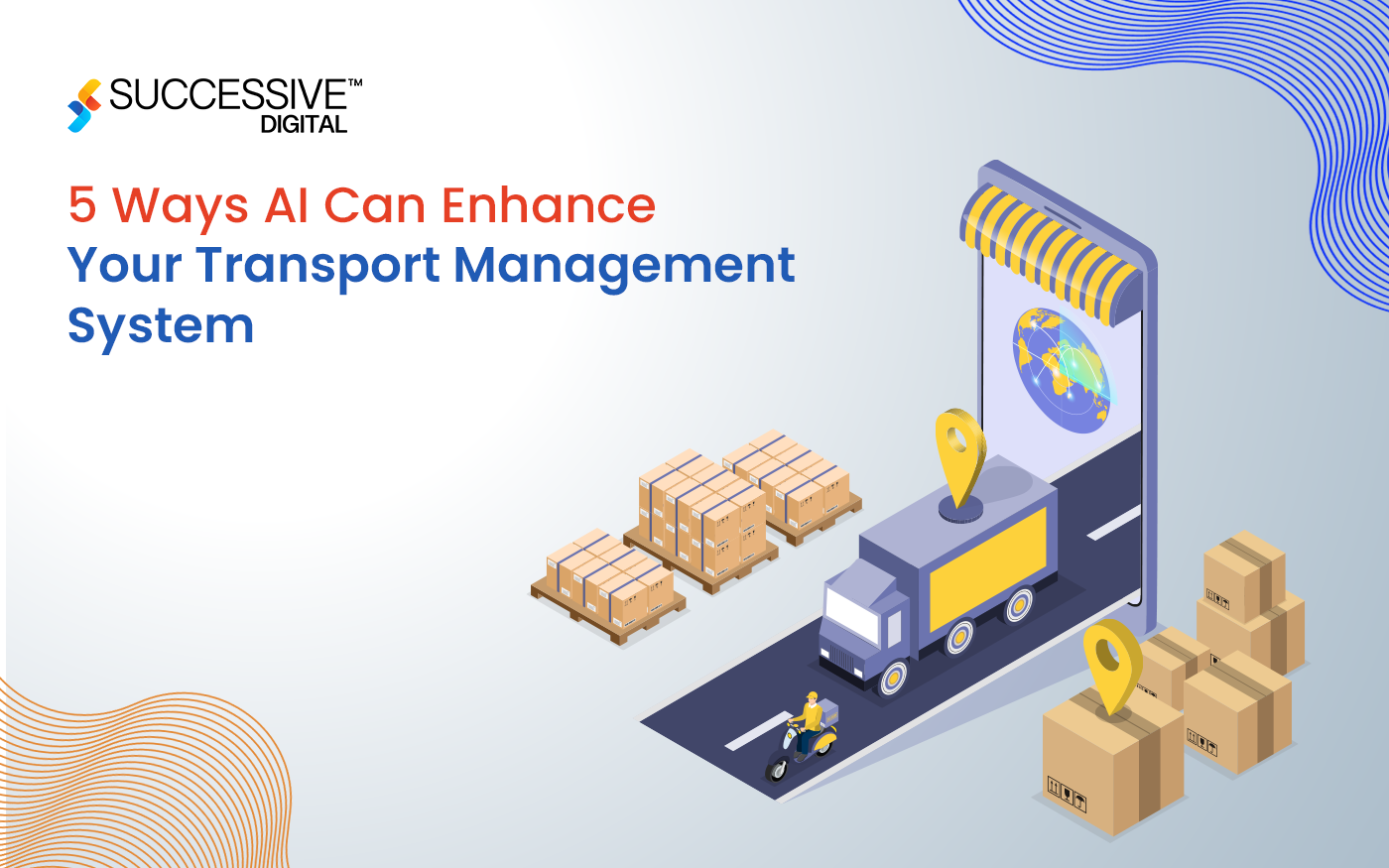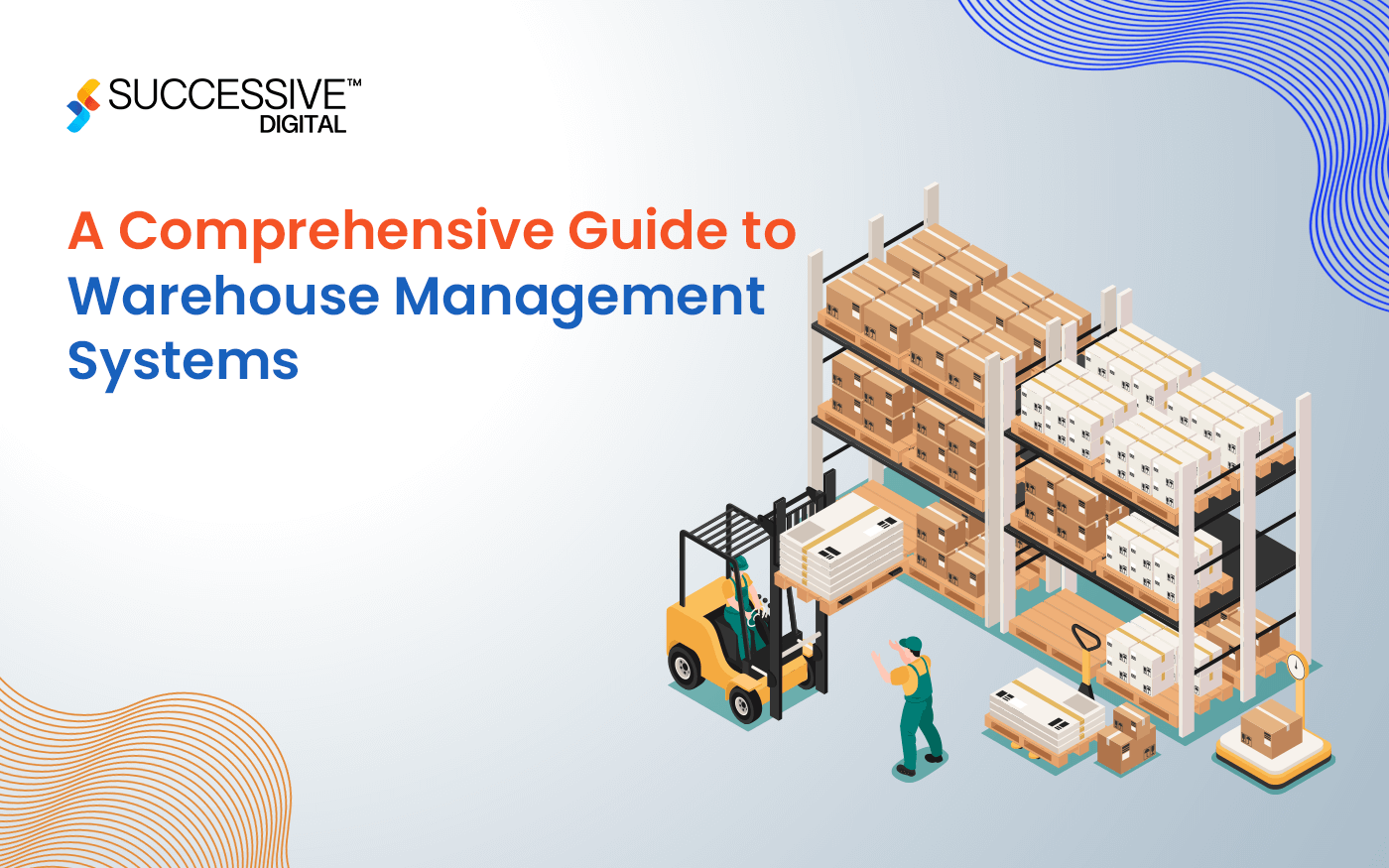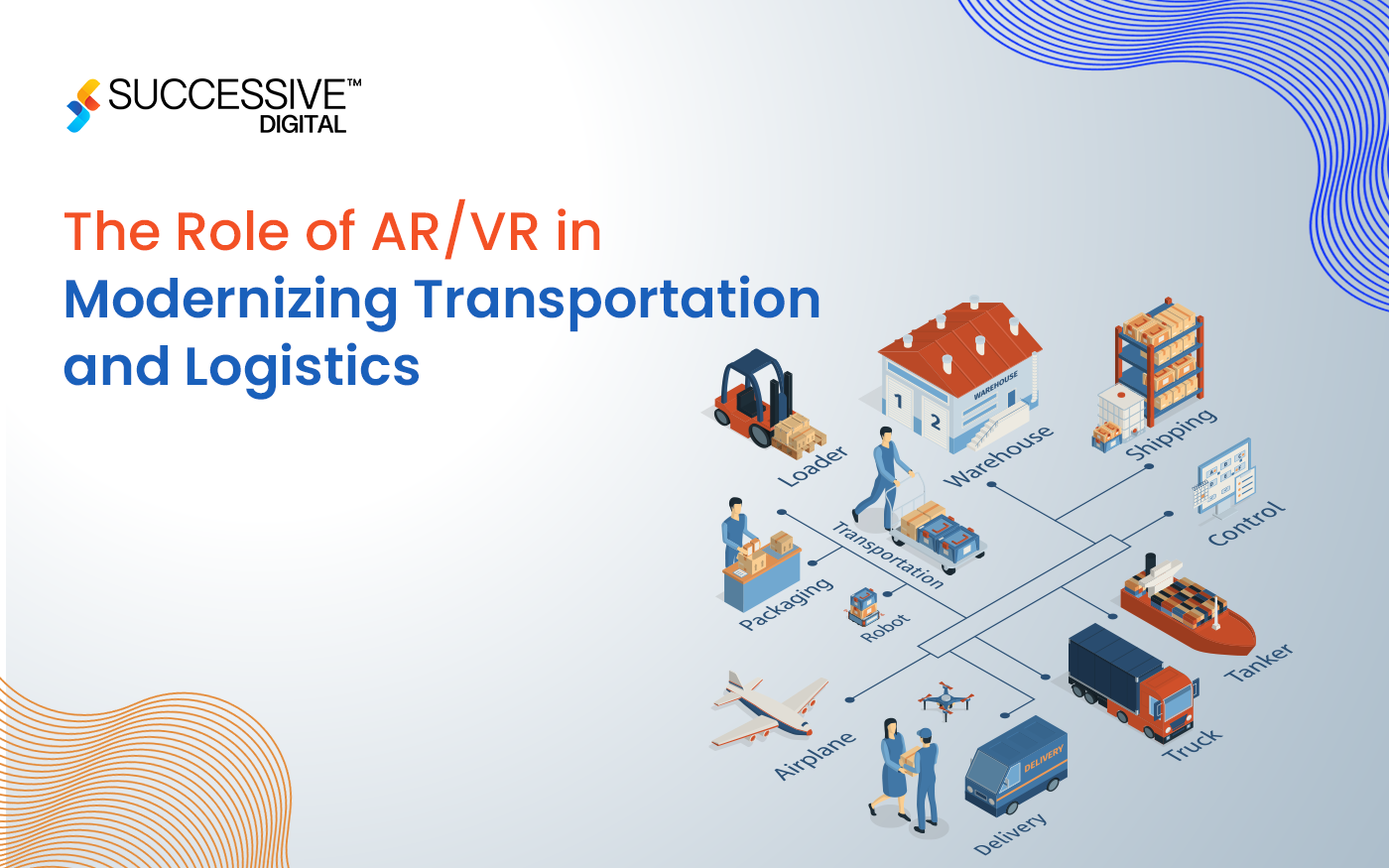Today’s healthcare ecosystem is under unprecedented pressure to accelerate digital transformation inclusion and disrupt traditional care practices. Thanks to the perfect storm of market forces and seismic technological shifts that is backing the global digital health market to grow by 11%, resulting in a volume of US$256 bn by 2027.
It’s clear that healthcare providers across the industry are moving towards a modern infrastructure where all the healthcare data can be brought together to reduce care gaps and enhance care outcomes. This will not only make it better but completely transform decision-making in real-time and give patients a friction-free digital experience whenever they log on to the health system.
This disruption gives birth to the explosion of innovation in healthcare systems improving their delivery and associated cost. The benefits go on from wearables that help patients track fitness and enable hospitals to manage their inventory to smart applications capable of sharing customized health data across various systems. That’s the promise of a digital revolution in the healthcare industry: innovating faster than ever before and achieving the holy grail of integration that we’ve come to expect in every other industry.
With the aim of unlocking the power of technology in healthcare, let’s open the playbook on everything you need to know about healthcare app development.
What is Healthcare App Development?
With the revolution of healthcare post-pandemic, everyone has become more cautious about how they track their medical records and how faster their medical journey comes to action. Away from the generic patient’s perspective, every healthcare user and provider expects their practices to be in sync with the mass data, logistics, and inventory available in various forms, at various places, to combine in one place, giving actionable insights.
The need has emerged to bring technology into every aspect of healthcare that is designed to help everyone- patients, providers, and physician groups. Moving faster, healthcare applications are eliminating manual tasks and bringing them online for the ease of everyone involved in the process. For instance, telehealth, practice management, billing, and medical coding apps can help healthcare providers manage their operations better and in a more organized way.
Whereas solutions in healthcare applications like telemedicine, fitness applications, and online wellness transform a patient journey in a much more organized fashion through 360-degree automatic activity and diagnosis coverage.
Types of Healthcare Applications
| Type of Healthcare Apps | ||
| For Patients | For Doctors | For Healthcare facilities |
| Medical Education Apps | Doctor Appointment Apps | Billing Apps |
| Reminder Apps | Electronic Medical/Health Records Apps | Pharmacy Management Apps |
| Healthy lifestyle apps | Medical Reference Apps | Physician Timesheet |
| Dieting Apps | Database Apps | Population Health Management App |
| Diagnosis Apps for Preventive Purposes | Health Tracking Apps | |
| Fitness Apps | Networking Apps | |
| Telemedicine Apps | ||
Major Healthcare App Use Cases
EHR
There were many debates around the US healthcare system in circa 2000 with alarming agendas like.
“We should find ways to reduce the soaring costs.”
“We should leverage technology to bring about the change.”
“Healthcare system has become much different than how it was a decade back.”
Cut to 2023, electronic health records have emerged as the most effective data filing method. The struggle of physicians with managing data was a real deal unless EHRs or EMRs entered the public domain. An EHR is a digitized version of a patient’s medical chart that is visible to the care providers. A well-developed EHR can record a patient’s medical history, including patient demographics, allergy information, vital signs, medication histories, immunization records, diagnoses, and progress notes.
The development of healthcare apps like electronic health records helps doctors provide faster and more accurate diagnoses, access educational resources, and get appointment reminders. EHR works two ways for patients EHRs offer a wide range of facilities to ease the tedious process of prescription refills, imaging, diagnosis, immunizations, and making appointments from the comfort of their homes.
Telehealth
Telehealth came to the rescue when the world struggled to meet doctors due to social distancing. Telehealth or telemedicine aims to connect the patient with the doctor regardless of distance, which has become a significant advantage during lingering quarantines. The trend is in buzz even today. With the widespread use of smartphones, telehealth has become one of the favorite choices of healthcare app development by all healthcare providers. Telemedicine uses electronic information to communications technologies to provide and support healthcare when distance separates the patients and doctors. The gap between patients and doctors created by social distancing has been bridged using digital applications, software, or other electronic communications to deliver clinical services built using AI, machine learning, blockchain, and big data.
Personal health assistance
Due to the rising costs of availing medical services, many healthcare providers are launching their applications to serve as personal health assistants to patients. On-time medication, regular follow-ups, and constant and routine physician visits are vital to ensure the success of any patient’s treatment journey. With the help of wearable technology and AI-enabling mobile applications, fitness apps act as personal health assistants and help patients achieve their health goals by capturing the data of medication, meditation, sporting activity, and virtual vital records.
Hospital management systems
Hospital management systems collect data across an extensive network of hospitals, outpatient centers, and other healthcare facilities and allow care providers to become interoperable to improve care outcomes. A well-developed hospital information management system enables structured functioning by managing all routine offline tasks and paperwork associated with various departments and maintaining proper records and confidentiality. The entire HMS is developed by building vital components such as
- Appointment scheduling
- Online prescription and billing
- Intelligent document processing
- Smart operations department
- Patient response system
- Revenue cycle management
- Lab information system
A hospital management system enables hospitals to manage information and data related to all aspects of healthcare – processes, providers, patients, and more. This helps in ensuring that processes are completed swiftly and effectively.
Data management or predictive analytics
Data analytics has been seen as the next Big Thing’ in healthcare. The development of monitoring tools and insights based on real-time and predictive analytics gives patients and providers an accurate description of their current health and empowers patients and their caregivers with objective data to help them make end-of-life care decisions. This works by implementing a deep learning algorithm on the EHR database to estimate patients’ life expectancy.
Talk to us to digitize your healthcare business now.
A Step-By-Step Guide to Healthcare App Development
1. Identify the problem
Healthcare apps are usually driven by purpose and for making an impact to a great extent. Therefore, the first step towards creating the application for solving the health gaps is identifying the problem. Identify the problems people face in the existing system or method, and discover the better solution to the identified problem. One can do market research and gain responses from a dummy set of targeted personas. Identify the user’s willingness to adopt the solution and will the solution lead people to live healthier lives.
2. Discover the platforms and technologies
Another key element for custom healthcare app development is choosing the right platform that supports the solution. It’s essential to make decisions like
- If the application will be deployed on Android, iOS, web, or all?
- What will be the core capabilities of the application?
- What technologies will be used to support the application?
3. Target audience and geographical parameters
Choose the location to launch the application. Location is important to narrow down the target audience and the response. Generally, the target audience is influenced by the problem, especially in the healthcare sector, and most of the healthcare problems are classified based on SDOH or social determinants of health.
4. Hire a healthcare app development company
Hiring a healthcare app development company is the most important step, as only choosing a reliable company will ensure the success of the healthcare applications. A premium app development partner will co-innovate with clients and give them an idea of how to design and develop an app with trending functionalities and features at minimum costs. The experts will take on the project with much precision, and the development capabilities will make the product disruption-ready to stay ahead in the digital age.
5. Select the UX/UI design
Generally, healthcare applications have a niche target persona who wants results using a simplified application. Considering their requirements, select the UX/UI functionality most appealing to them. For example, people from older age groups like simple navigation with subtle colors, while younger audiences may prefer bold UI with unique functionalities. Thus, the application design will solely depend on the target audience’s preferences. An experienced healthcare app development company usually has a team of UX/UI professionals who will guide you through the design process for a better visual representation of the application.
6. Regulations, compliance, and data privacy
With the rise of custom app development in the healthcare domain, there’s also an increased demand for data privacy and adherence to compliance. A company with highly skilled developers understands this and develops the application based on healthcare standards and regulations such as FHIR and HIPAA for data security.
7. Create an MVP and get it validated
Creating the MVP of the application is crucial as a potential step toward successful healthcare app development. Doing so will help in realizing the actual demand for the app before launching it into the market. MVP works as the beta version of the application, helps in knowing the demand and audience response towards it, and gives insights on the improvement area. Always remember that an MVP should have the minimum features to test its demand. Here is the list of features to can add to the healthcare application.
| Healthcare app MVP checklist | |
| Patients | Doctors |
| Patients profile | Doctor’s profile |
| 1:1 Chatbot | 1:1 Chatbot |
| Calendar to schedule | Calendar to schedule |
| Reminder notification | Patient’s score card |
| Surveys | Alerts |
8. Launch the healthcare application
Once the market validates the 1.0 version of the application, it’s time to launch your healthcare app. While you welcome your users, timely track the performance and upgrade it per the scalability.
Core Capabilities as Per Healthcare App Development Services
IOT
The internet of things is a technology used actively in developing healthcare applications. It is used for sharing data and communication between devices. Adding the features of IoT in healthcare apps does a lot of things effectively and efficiently.
Blockchain
Blockchain is one of the most important trends in healthcare that ease managing the data collection in EMRs and EHRs. For instance- technology serves healthcare practitioners by uncovering the genetic code and facilitating patient medical records transmission. Not only this, blockchain is so much in demand that more than 40% of hospitals and medical services rely on blockchain to anticipate and manage patients’ medical records.
AI and ML
Machine learning and AI are widely used in healthcare app development for detecting and diagnosing some of the most critical diseases like cancer. The technology can be further used to develop diagnostic tools like medical imaging (X-rays and MRI scans). The algorithm can b further used to indicate a particular disease based on pattern recognition.
Cost of Healthcare App Development Services
Healthcare application development costs depends on various factors, such as the features you want to add to your application, your target audience, the project size, the location of the custom mobile app development company, and many more. The cost of developing a healthcare smartphone app is even more challenging to estimate.
However, here’s a rough estimation based on the market standards. The actual estimation for the application development can be done only after creating the mHealth app development plan and the wireframe design.
On average, the healthcare application costs $300,000 to develop. Post-launch maintenance and promotion costs differ and don’t count in the development cost. In India, an app development company charges $15–45 per hour based on the device you choose to construct your mobile app on (android/iOS/cross-web (flutter). The cost of mobile app development depends hugely on the type of mobile application. For example, creating a health monitoring app for wearable devices may estimate around $50,000 to $100,000, whereas building a nutrition planner costs between $30,000 to $60,000.
Bottom Line
Healthcare app development is a critical process that includes patience and precision on both sides. There will be a few challenges with user research or data security, but with Successive Digital, the challenges can be solved smoothly. We at Successive Digital have extensive experience in healthcare app development services and take every project as our own. Be it complying with the required rules or making intuitive UX/UI, we know how to build your HIPAA-compliant healthcare app. Successive Digital can be your go-to tech partner for developing an advanced health tech ecosystem, delivering patient-centric care with the help of our highly skilled healthcare app developers. Contact us today!












